Vitiligio
Understanding Vitiligo
The exact cause of vitiligo is unknown, but it is believed to be an autoimmune disorder. While it is not harmful, it can significantly impact a person's self-esteem. Treatment options aim to restore skin color and improve appearance.
Comprehensive Vitiligo Care at Riva Dermatology
At Riva Dermatology, we offer various treatments for vitiligo, including topical therapies, light therapy, and surgical options. Our dermatologists work with you to develop a treatment plan tailored to your needs.
Examples of Vitiligio
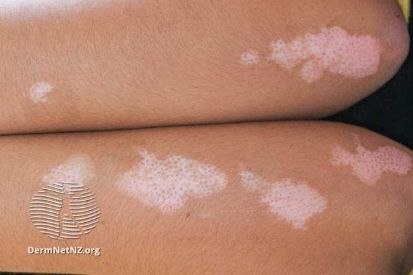
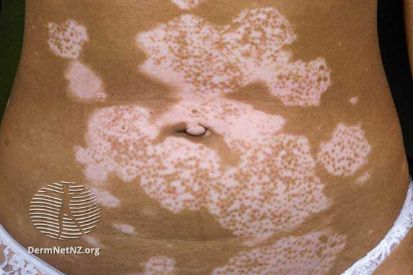
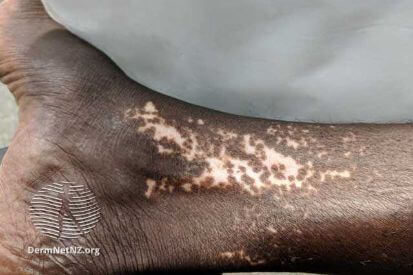
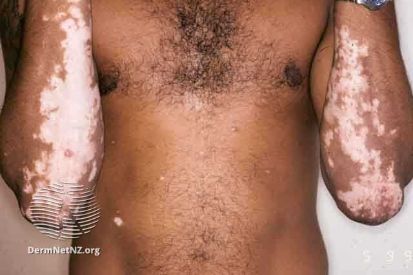
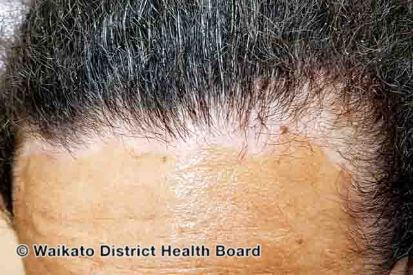
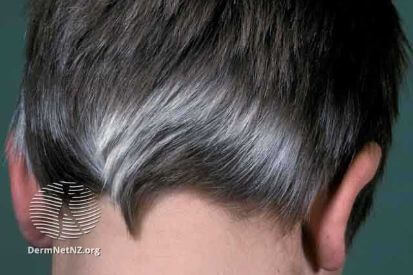
What are the Symptoms of Vitiligo?
- Patches of lighter-colored or white skin appearing any place on the body.
- Some people with vitiligo develop a few patches, while others are affected in large parts of the skin area.The edges of the patches are well-defined, but irregular.
- There are generally not any other symptoms of the condition, and people affected otherwise feel completely healthy.
What Causes Vitiligo?
- Vitiligo is believed to result from a combination of genetic, autoimmune, and environmental factors.
- It occurs when the immune system mistakenly attacks and destroys melanocytes, the cells responsible for producing skin pigment.
- Genetic factors may contribute to an individual's susceptibility to vitiligo, and certain environmental triggers.
Can You Prevent Vitiligo?
Vitiligo FAQs
Vitiligo is a long-term skin condition characterized by patches of skin that lose their pigment and become white due to the destruction of melanocytes.
The exact cause is unknown, but it is believed to be an autoimmune disorder where the immune system attacks the melanocytes. Genetic factors and environmental triggers may also play a role.
Diagnosis is typically based on a physical examination and medical history. A Wood's lamp may be used to examine the skin under ultraviolet light, and a skin biopsy may be performed if needed.
Treatment options include topical corticosteroids, calcineurin inhibitors, light therapy, and, in some cases, surgical options like skin grafting. Treatment aims to restore skin color and improve appearance.
There is no cure for vitiligo, but treatments can help manage the condition and improve skin appearance. Regular follow-ups with a dermatologist can help monitor and adjust treatment as needed.
Treatments for Vitiligo
Our team of skin experts can help you achieve your healthy skin goals. Schedule your appointment today to start your skin journey.
Featured Products
Check your local office for current stock!
Check your local office for current stock!


